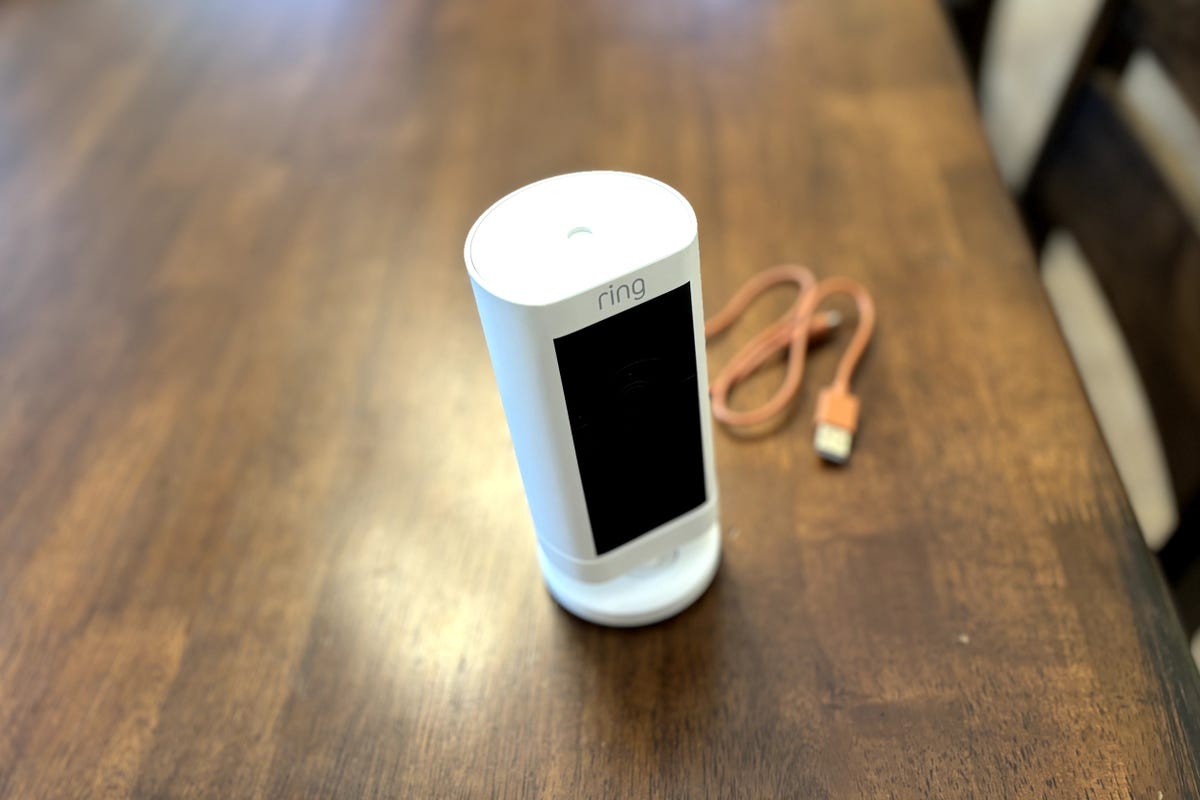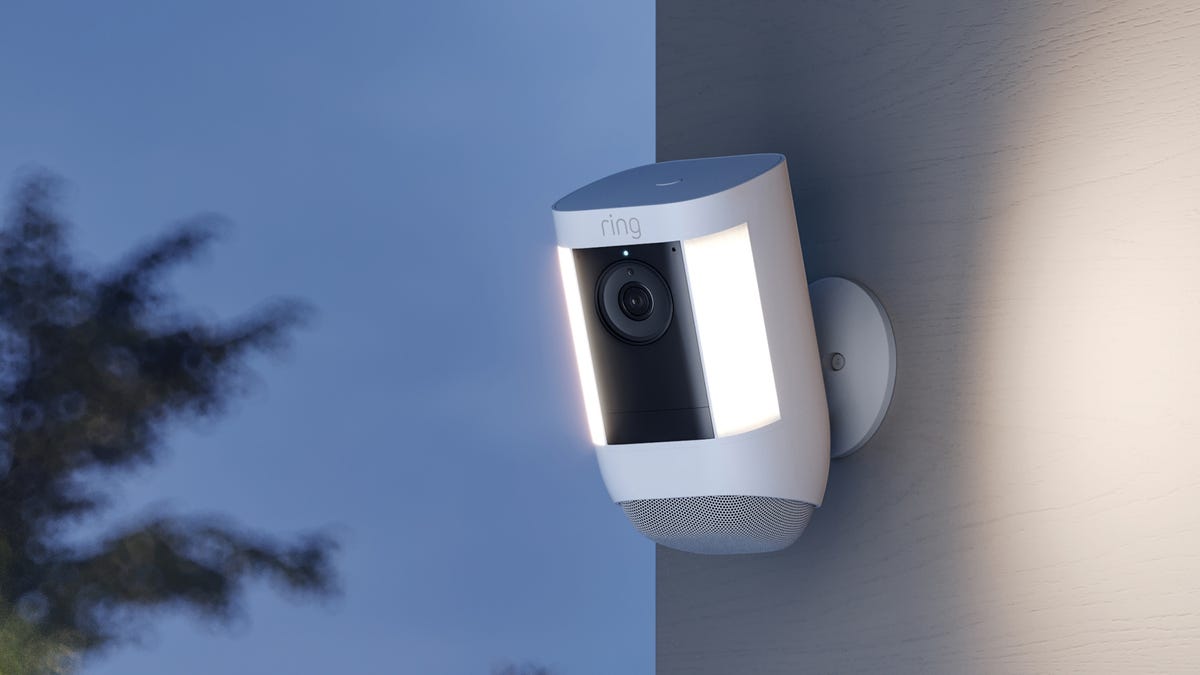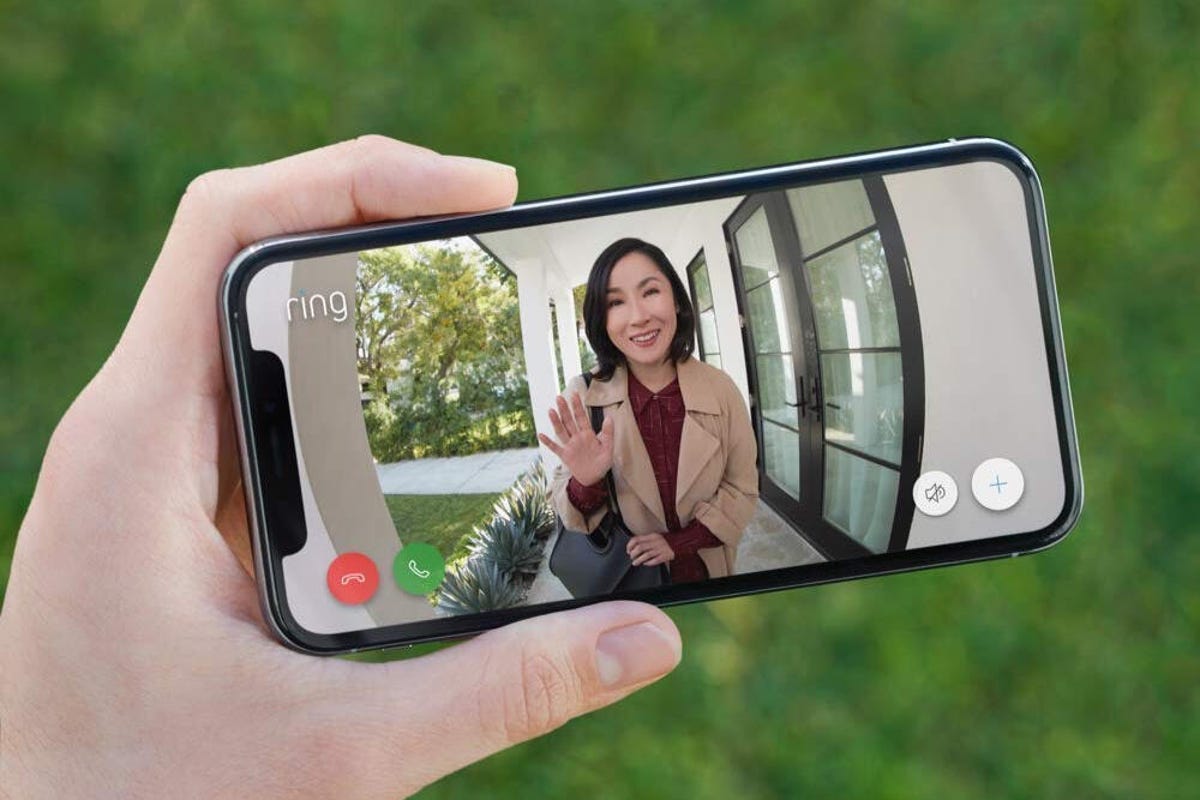Starting on April 23, 2024, refund checks have been landing in the inboxes and PayPal accounts of more than 100,000 users of Ring home security cameras. These payments are part of a large payout by the Amazon-owned company, resulting from a lawsuit over the violation of user privacy.
We know this brings a lot of questions to mind, including, “Oh, am I going to get paid if I use Ring?” and, “Oh, should I still be using Ring?” After the changes Ring has made to its processes, and a far better track record in recent years, we’re currently recommending Ring security cams (though we do make judgment calls about ongoing issues). Let’s go over the key questions, in detail, so you know everything you need to.
See Ring’s response and disagreement with the FTC’s action on its blog here. Ring reports that, “While we disagree with the FTC’s allegations and deny violating the law, this settlement resolves this matter so we can focus on innovating on behalf of our customers.”
Why is Ring sending out payments?
Technically, it’s the US Federal Trade Commission that’s managing the payout, after the government agency took the lead with an official 2023 complaint against Ring following multiple user claims and lawsuits. Ring was accused of “egregious violations of users’ privacy,” which included using video data for analysis/AI training without consent (uh oh), burying permissions to use video in confusing contracts (not good), and lax security measures that allegedly let Ring employees openly spy on and harass users (ouch). Ring wasn’t the only security tech company associated with these kinds of internal problems.
These issues all led to a $5.8 million fine from the FTC, long after Ring had made many changes to its cam-related activities. Now that fine has been paid, and the FTC is distributing the payment to qualifying Ring users.

Ring’s battery cam is on the higher end, but it offers a versatile weather-resistance option so users can watch their kids wherever they are.
Do I qualify for a refund?
You should have received a notification or claim form from the FTC settlement if you qualify. You don’t have to supply the FTC with your name, address or other information. Payments are generally going to folks who were affected by lapses in security due to camera devices they bought.
Note that these Ring issues started prior to 2018. If you bought a Ring device after 2018, it’s much less likely you were affected by these issues and it’s unlikely you’ll qualify for a payment. If you bought a Ring cam before then and received notification from Ring or the FTC about the settlement and/or security problem, then it’s much more likely you’ll receive a payment. The deal appears to affect owners of both indoor and outdoor Ring cameras.
How much are people getting paid?
People are receiving around $50 each, which suggests that the FTC is distributing the full amount equally between the more than 100,000 people who were affected. The FTC should have sent an email announcing the payment. However, sometimes those emails go to the wrong address or get stuck in a spam filter, so it’s also a good idea to keep an eye on your PayPal account (or mailbox).
When can I expect a Ring security refund?
Not everyone is getting a payment right away. Having a PayPal account speeds up the process greatly. However, give it around 30 days to see if you get paid.

Ring’s Spotlight cam series lights up the night.
How are the refunds being sent?
The FTC is using PayPal accounts when available to send payments. The FTC can gather PayPal information from a variety of official organizations using your name, address, bank account, and other information the government has on hand. Otherwise, you may be mailed a physical check.
Wait, should I still be using Ring security devices?
We are currently recommending Ring products, yes. When taking into account security issues like these, we look at several factors, including the measures a company takes to prevent the problems and how long ago the issues were present.
These reported Ring breaches, though serious, occurred more than seven years ago. After the changes Ring made and further restrictions ordered by the FTC, the risk of security issues with Ring products is low. There haven’t been notable Ring incidents since these issues and Ring’s associated new policies.
We’ve tested multiple Ring security cam devices and found that their quality can be quite high, with some of the more advanced features on the market. If Ring products encounter security breaches or serious problems in the future, we’ll be sure to let you know about it and adjust our recommendations accordingly. For example, here’s how we’re handling the rut Wyze is currently in.
Will Ring share my video data with anyone else?
Ring may share video data in cases of emergency, such as if police request data due to a life-or-death event. But Ring has been tightening up its video-sharing policies in 2024. For example, the company has removed an option for law enforcement to make more casual requests for home security videos.

Ring’s app supports live views for free, but video storage will cost extra.
Can Ring security cams be hacked?
Since the notable claims that led to this FTC settlement, Ring has had very few security issues and no problems with data breaches. That’s one reason we’re comfortable recommending Ring products on some of our best-of lists. Also, keep in mind that smart homes aren’t easily hacked these days and that hacking isn’t really an option for burglars.
Are other companies using my video data without me knowing?
It’s certainly possible. As concerns have increased, many companies have created policies about how video data is saved and used, as well as what options consumers have to control their data’s destination. New laws from the EU and other regions have encouraged this evolution. So you typically have to give explicit permission to share video or location data with a third-party company, and so on.
That said, companies do have a certain amount of leeway when it comes to data that’s shared with them over their cloud. For example, scan Google Nest’s promises on how video footage is used, and they never say footage won’t be processed to improve AI algorithms or further internal analysis. Most companies will also hand over video footage to law enforcement if an agency reports that someone’s life or health is in danger.
What if I’m extra worried about home privacy now?
If privacy is a top concern or you’re feeling squeamish about your current cams, your best option is to keep your video footage off the cloud entirely. Fortunately, there are many ways to do that, usually through local storage that allows you to connect a USB drive or microSD card to store videos locally and delete as needed to clear up room. Brands like Blink, Eufy, Lorex, and TP-Link Kasa offer local storage like this.
To see more, take a look at our recommendations for home security cameras without subscriptions.
For more information and tips, take a look at our list of low-cost home monitoring subscriptions, assuage your fears about burglars with Wi-Fi jammers, and check out the best tips to prevent burglars, with or without security cameras.




















+ There are no comments
Add yours